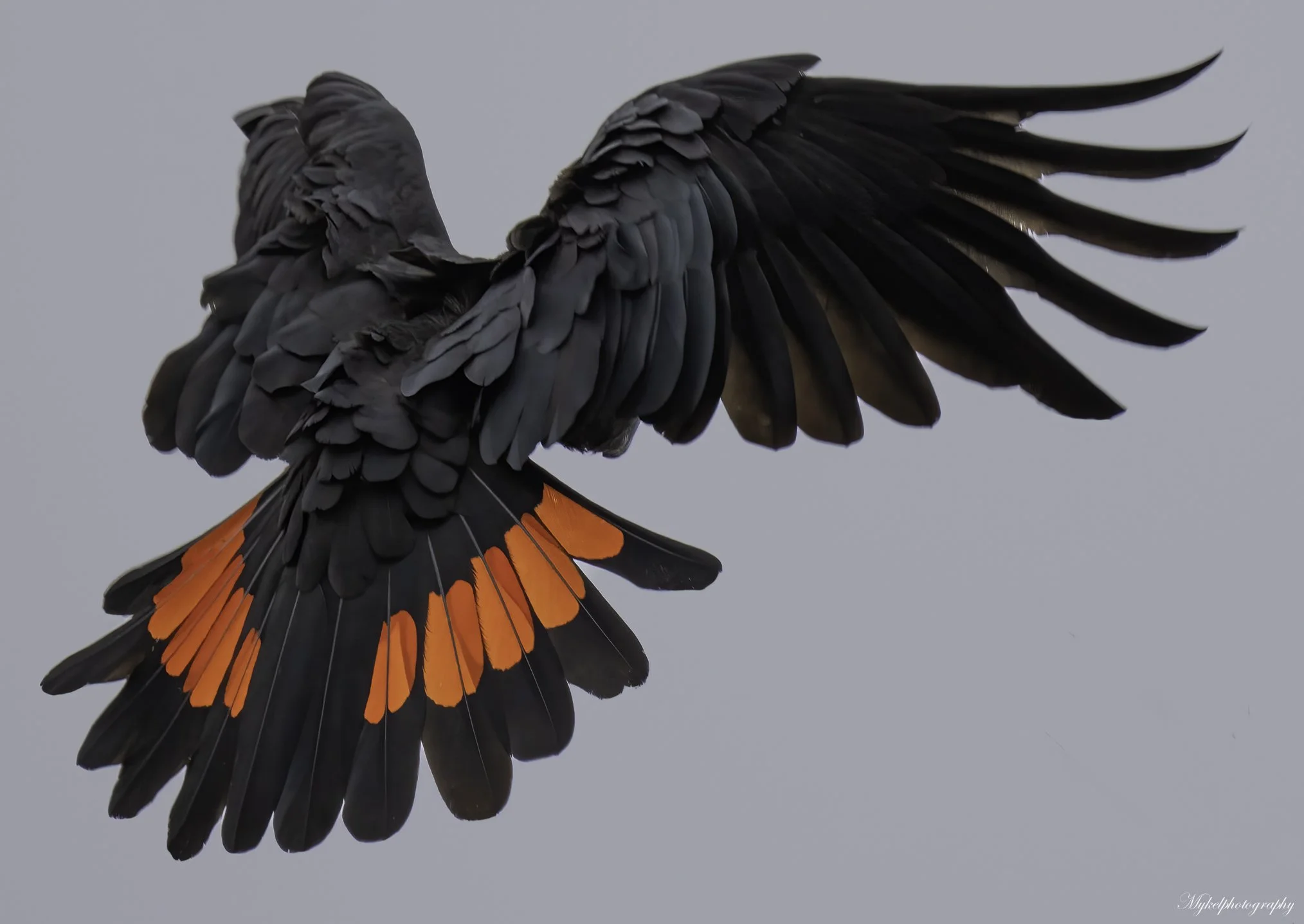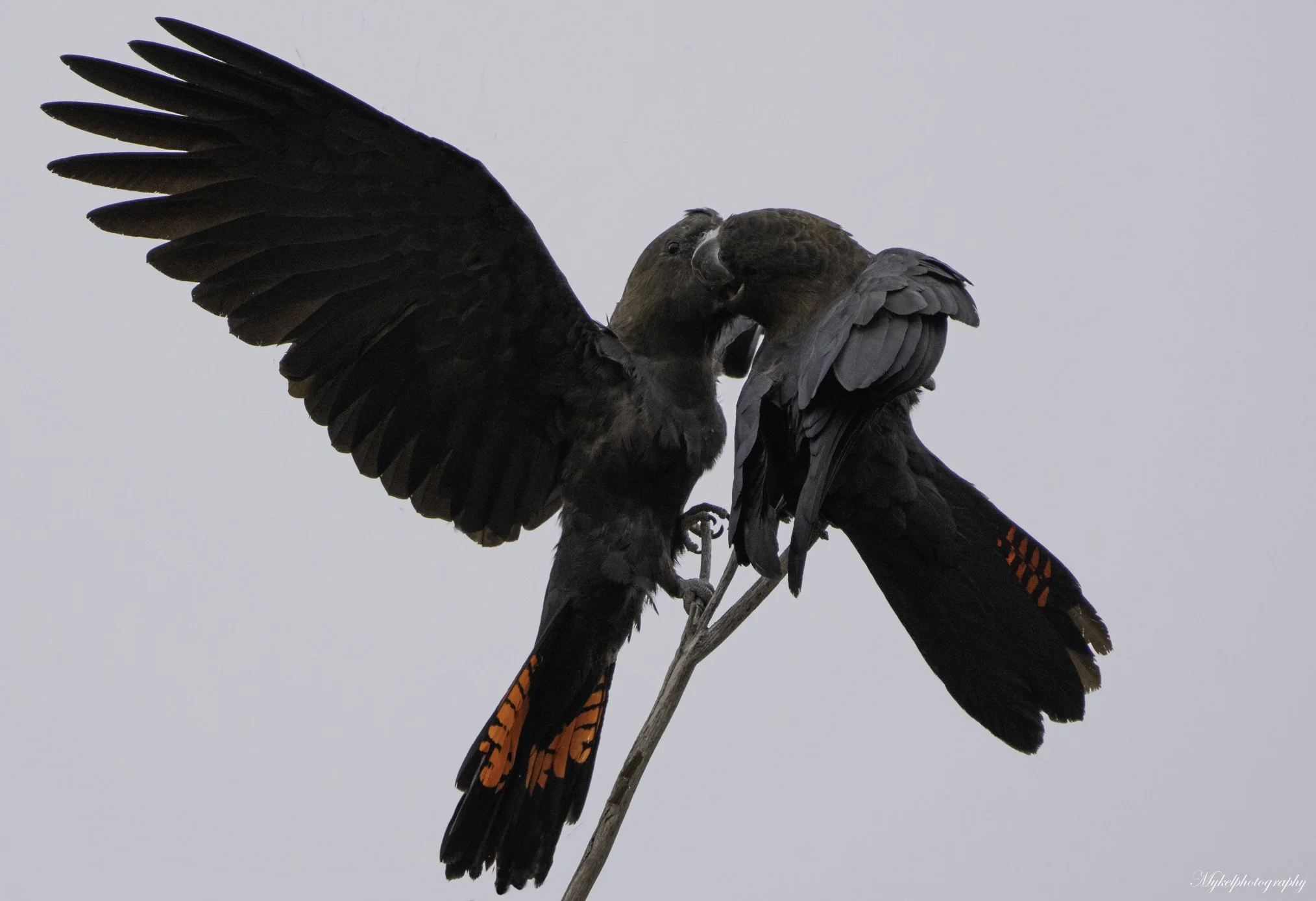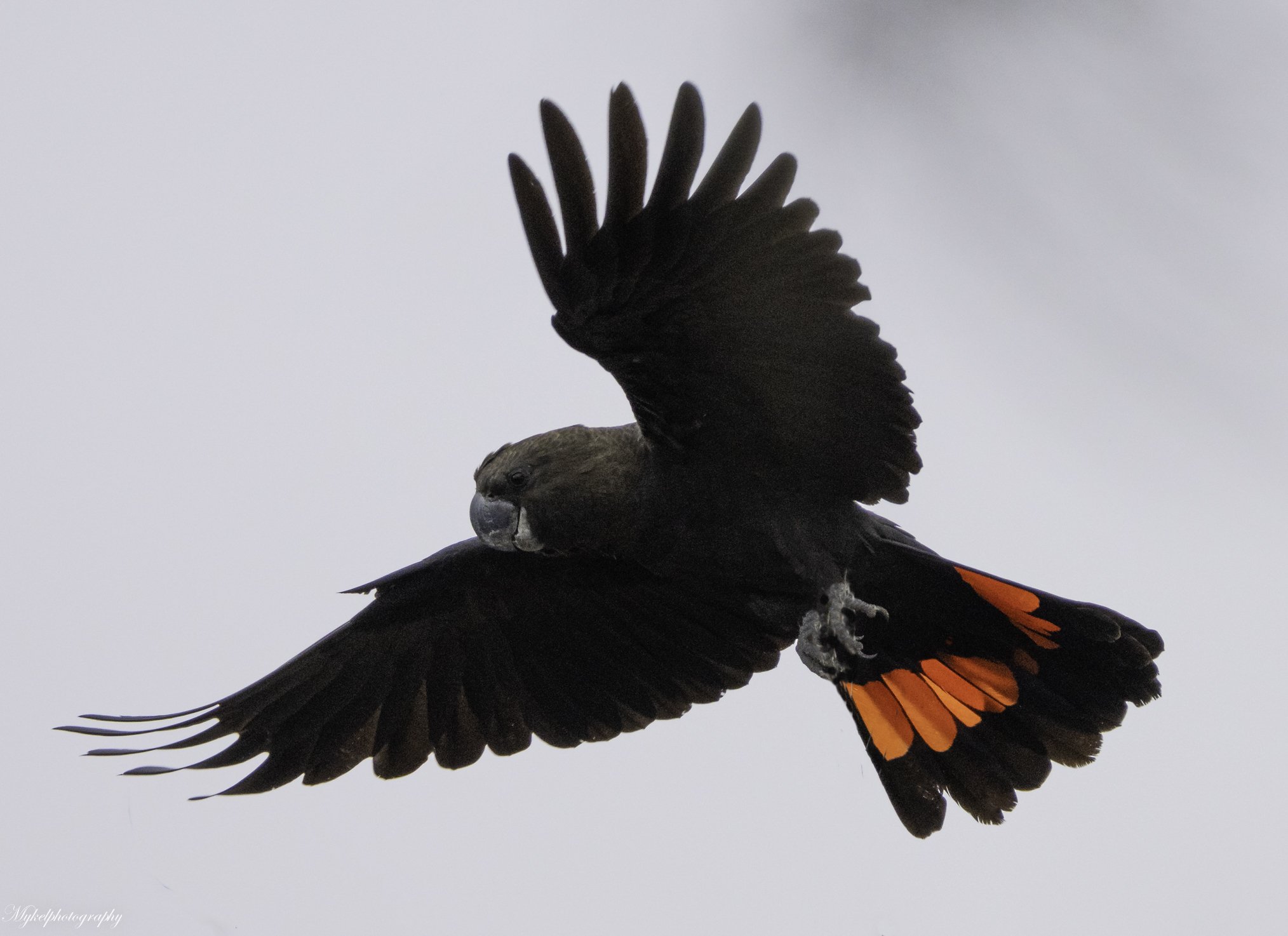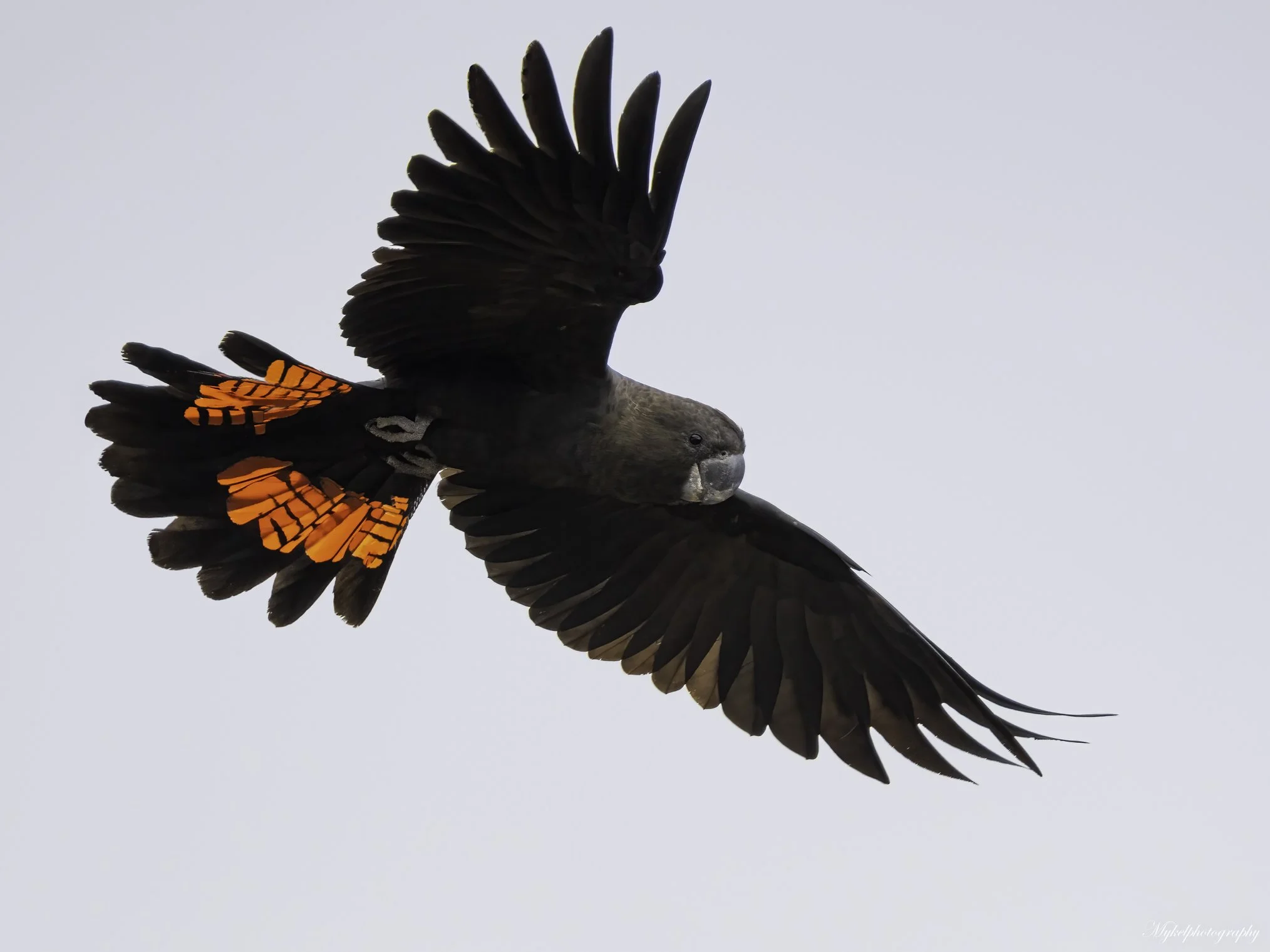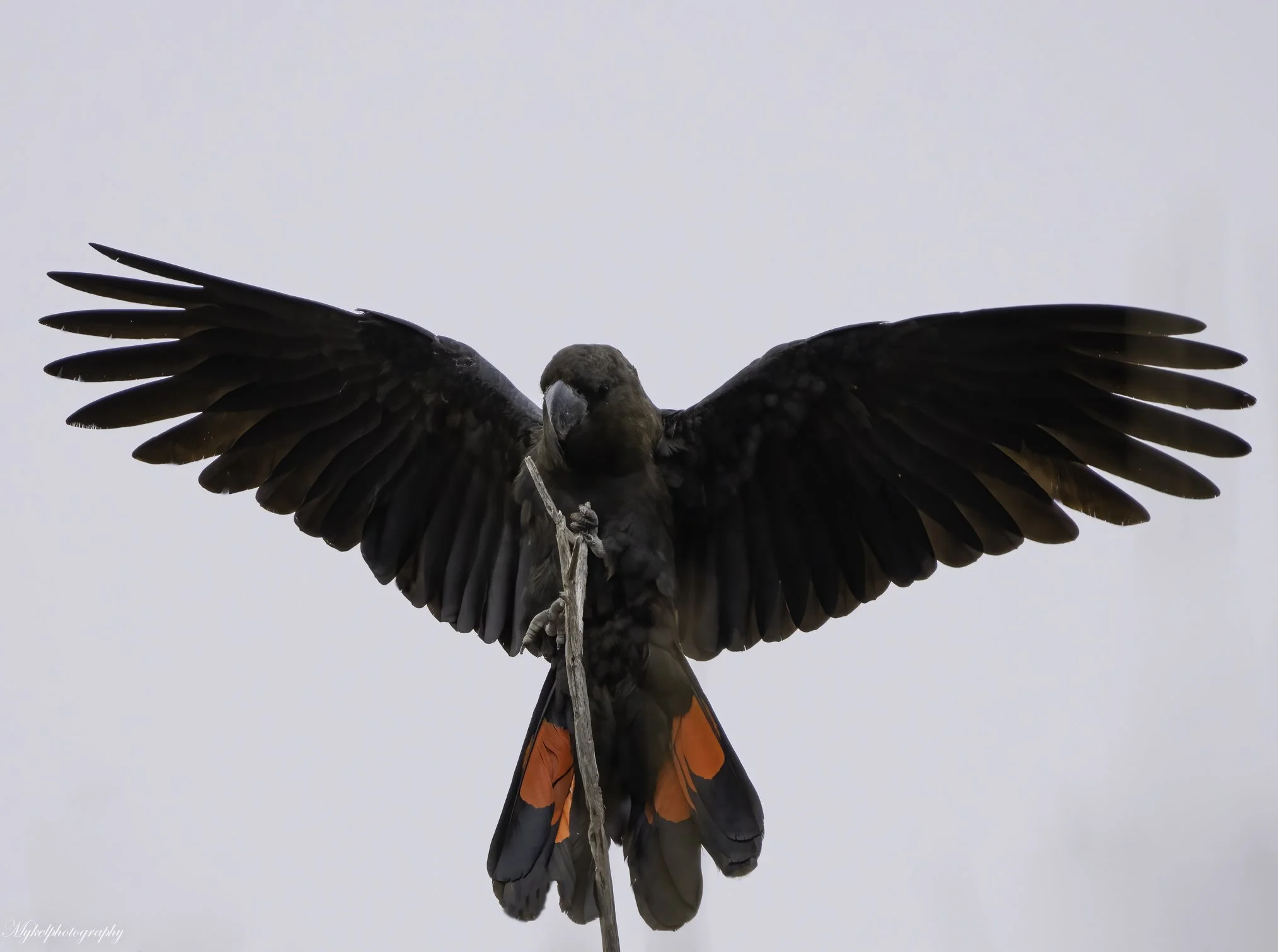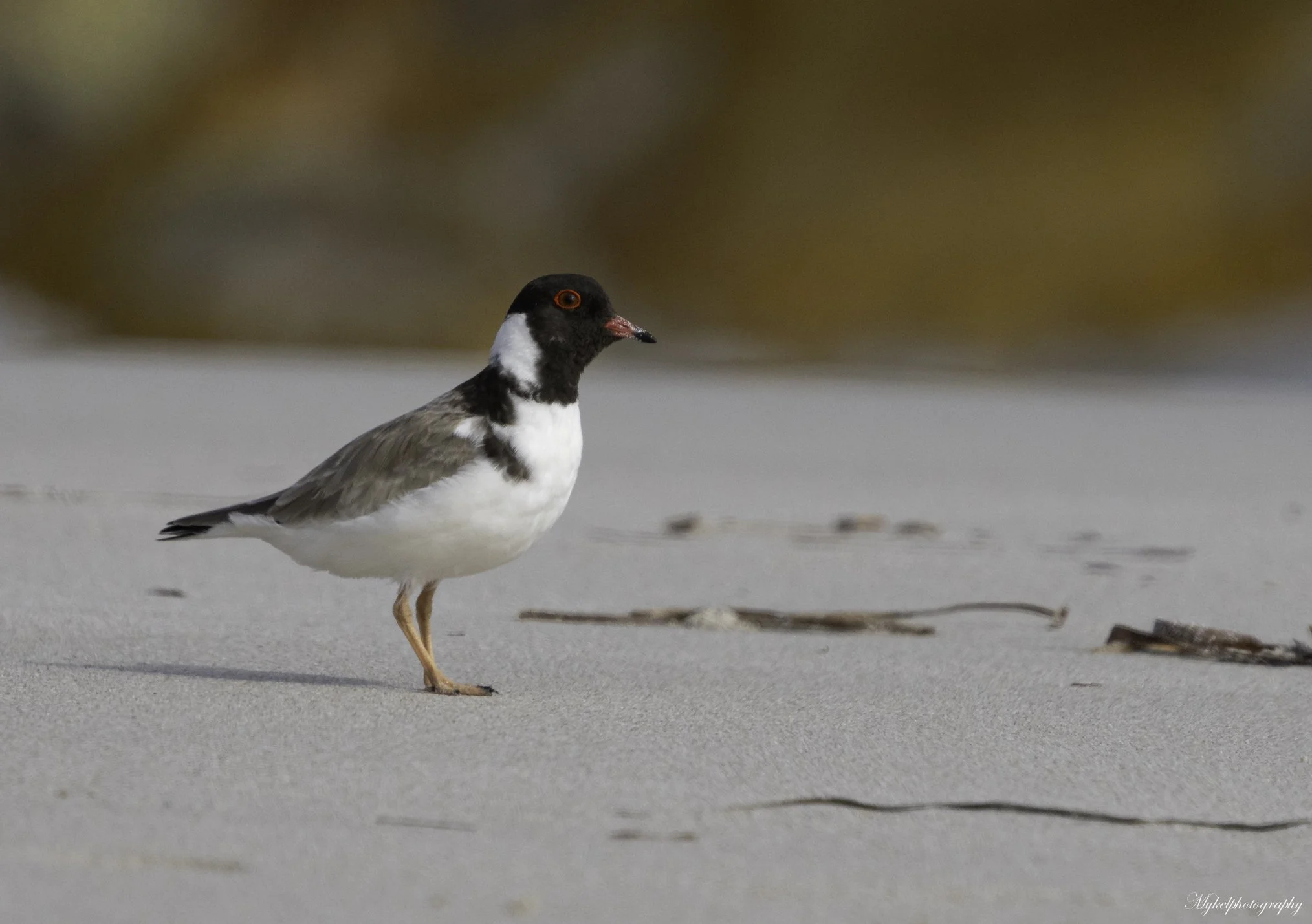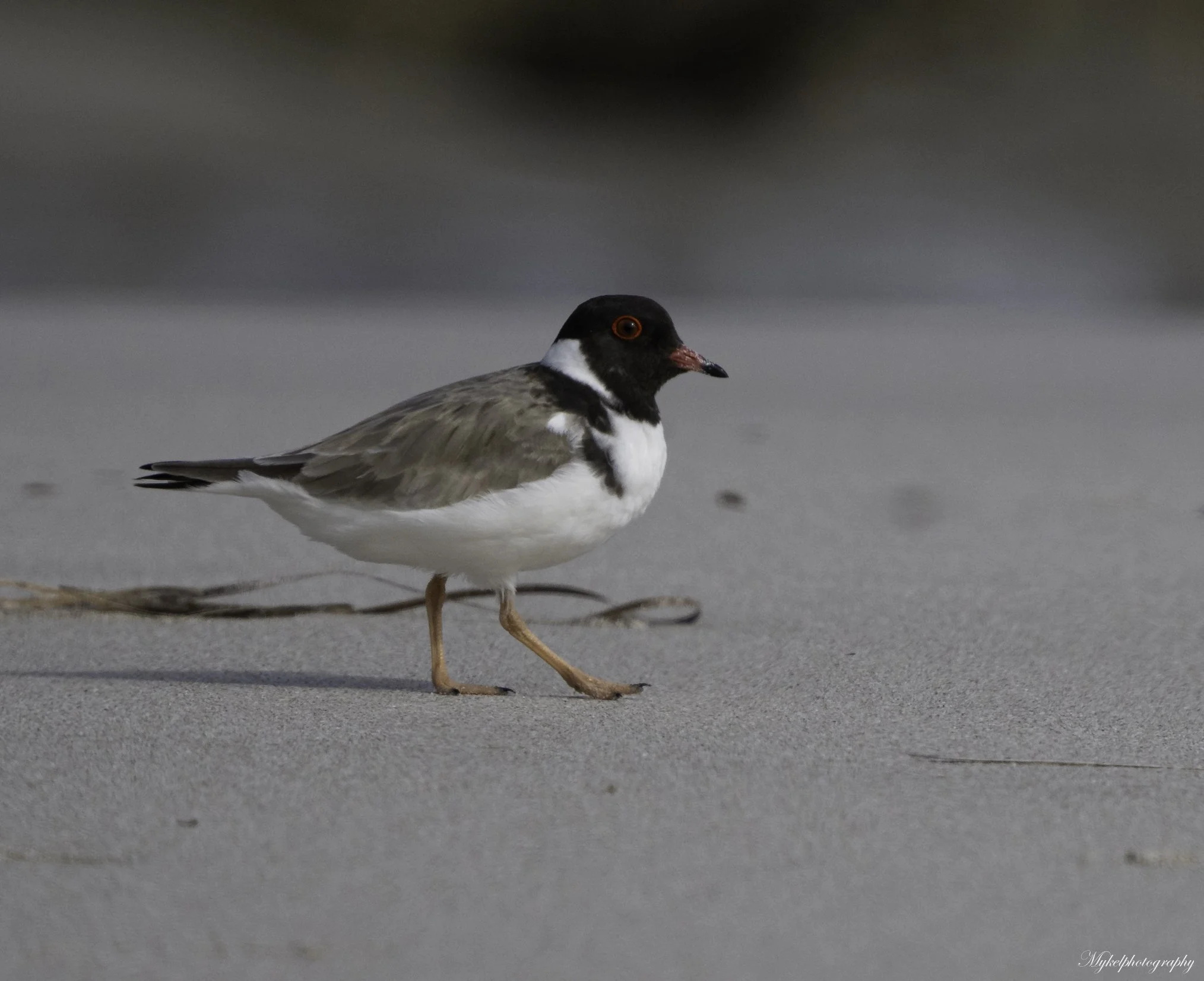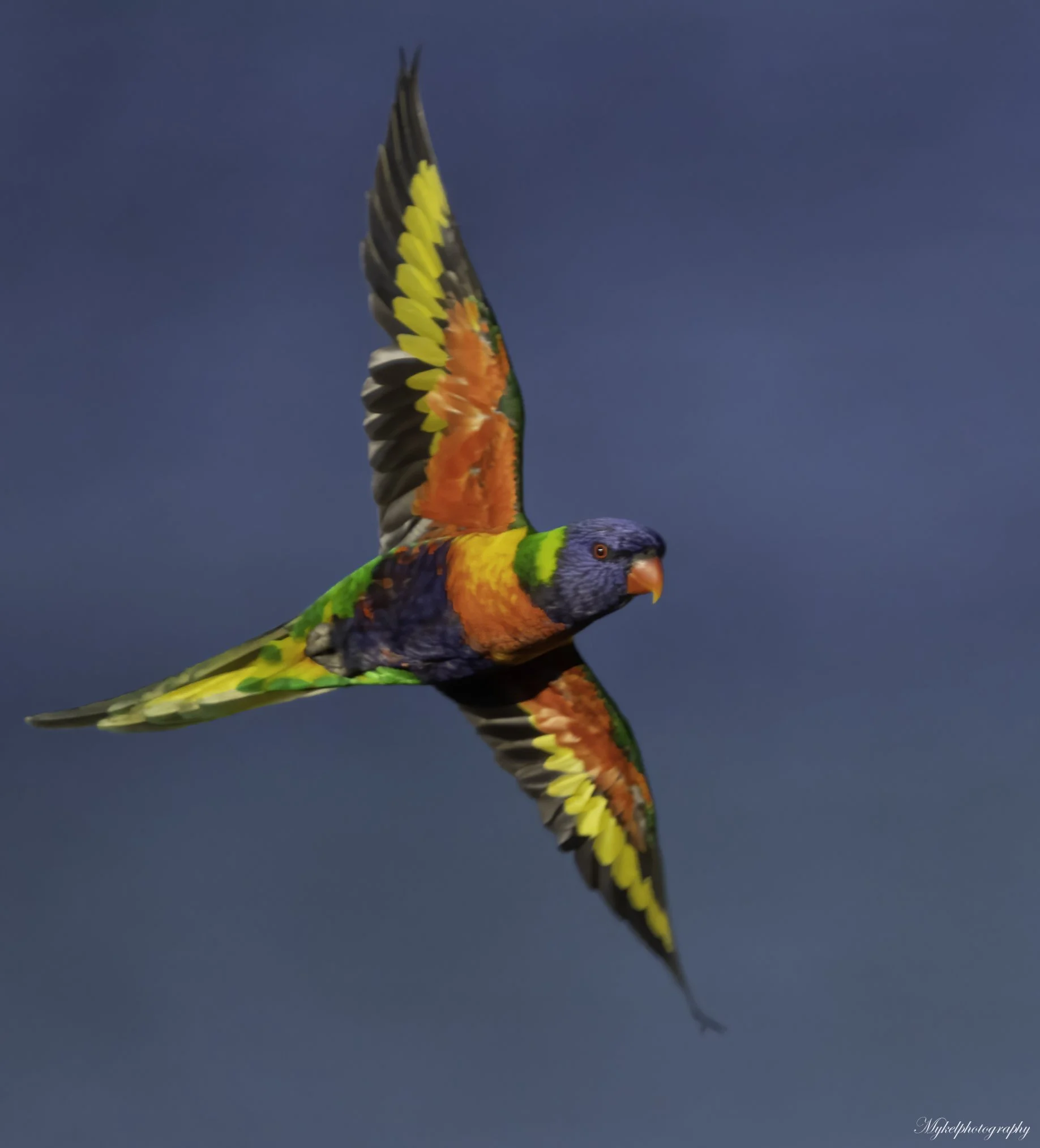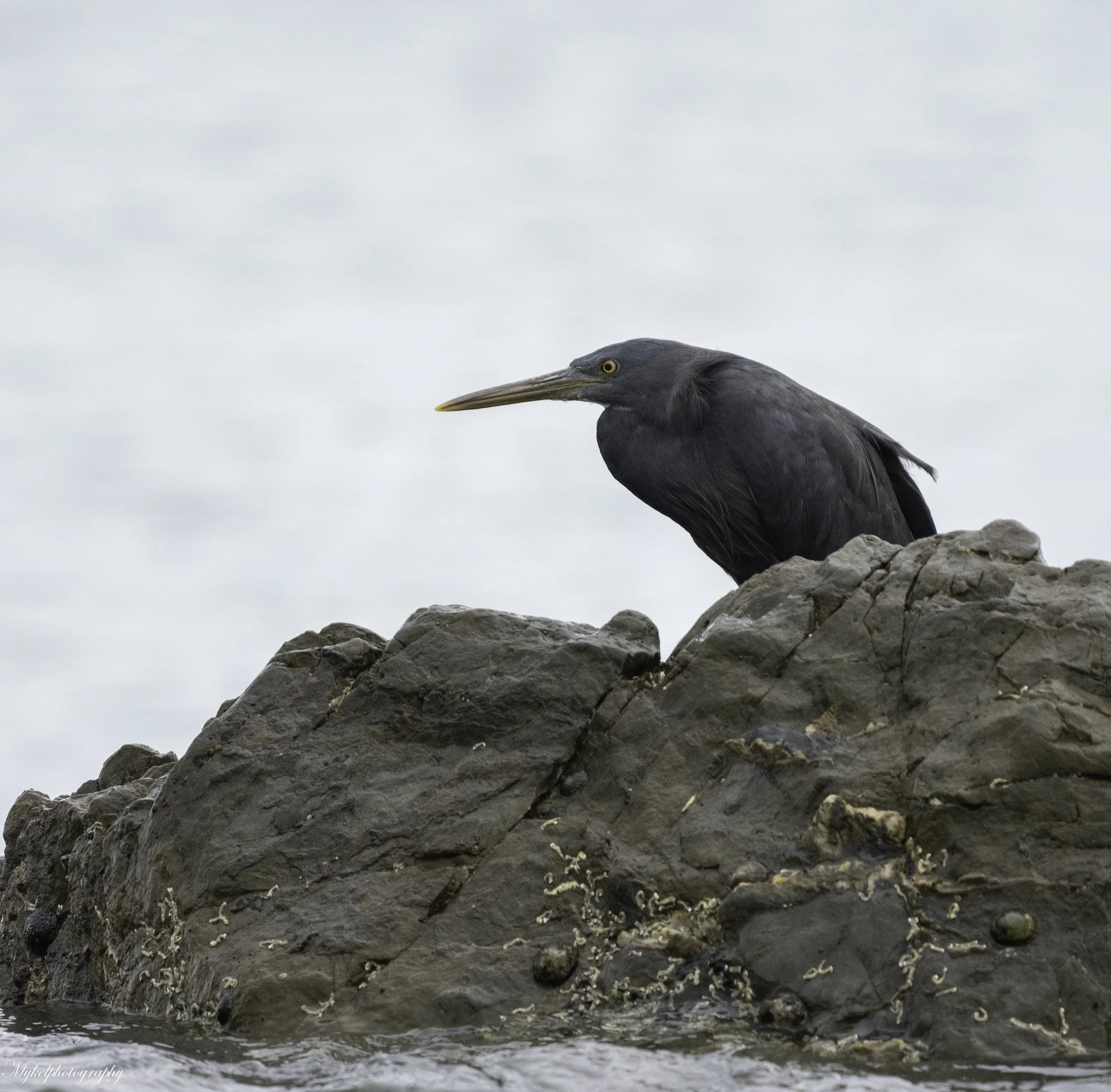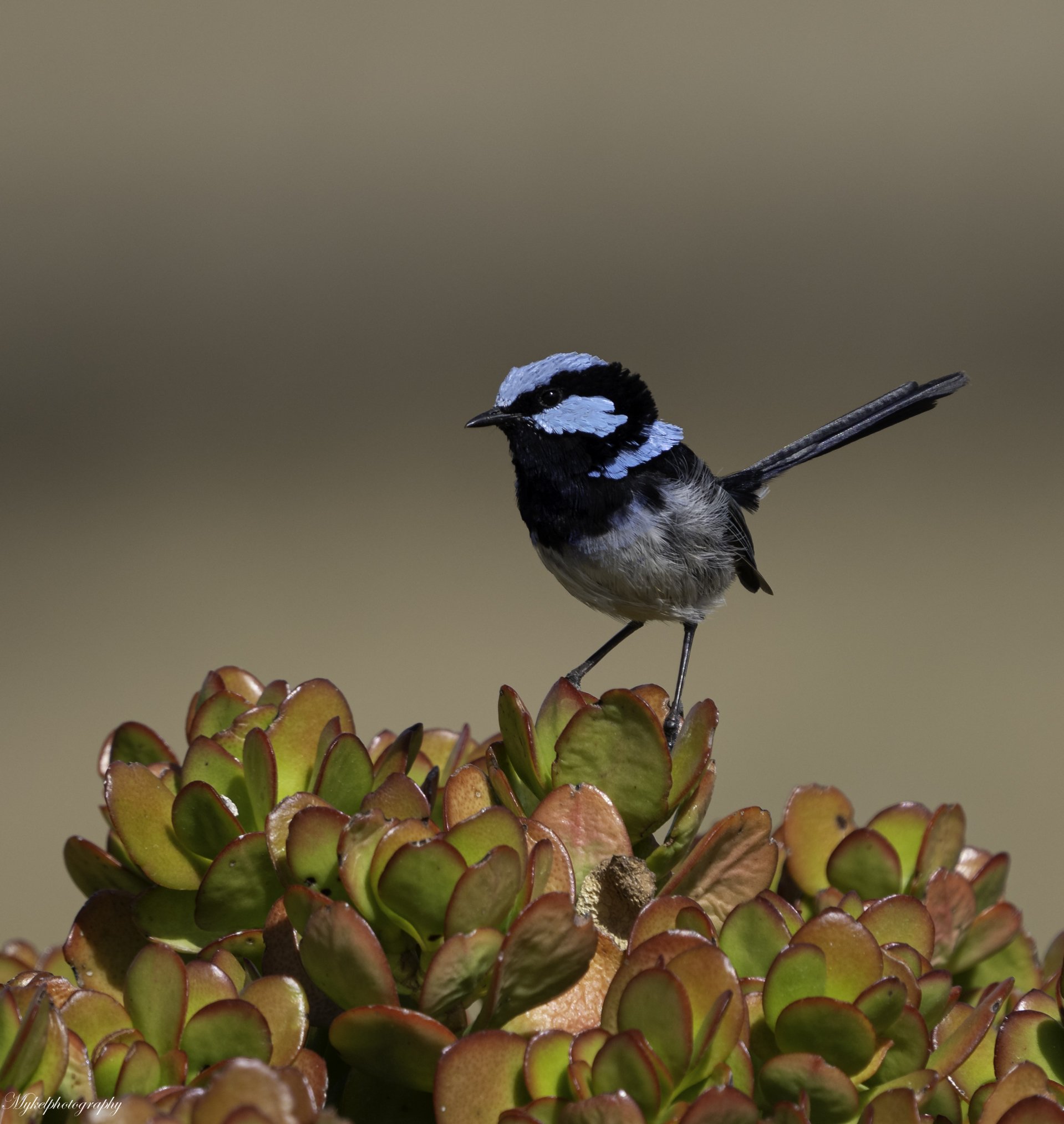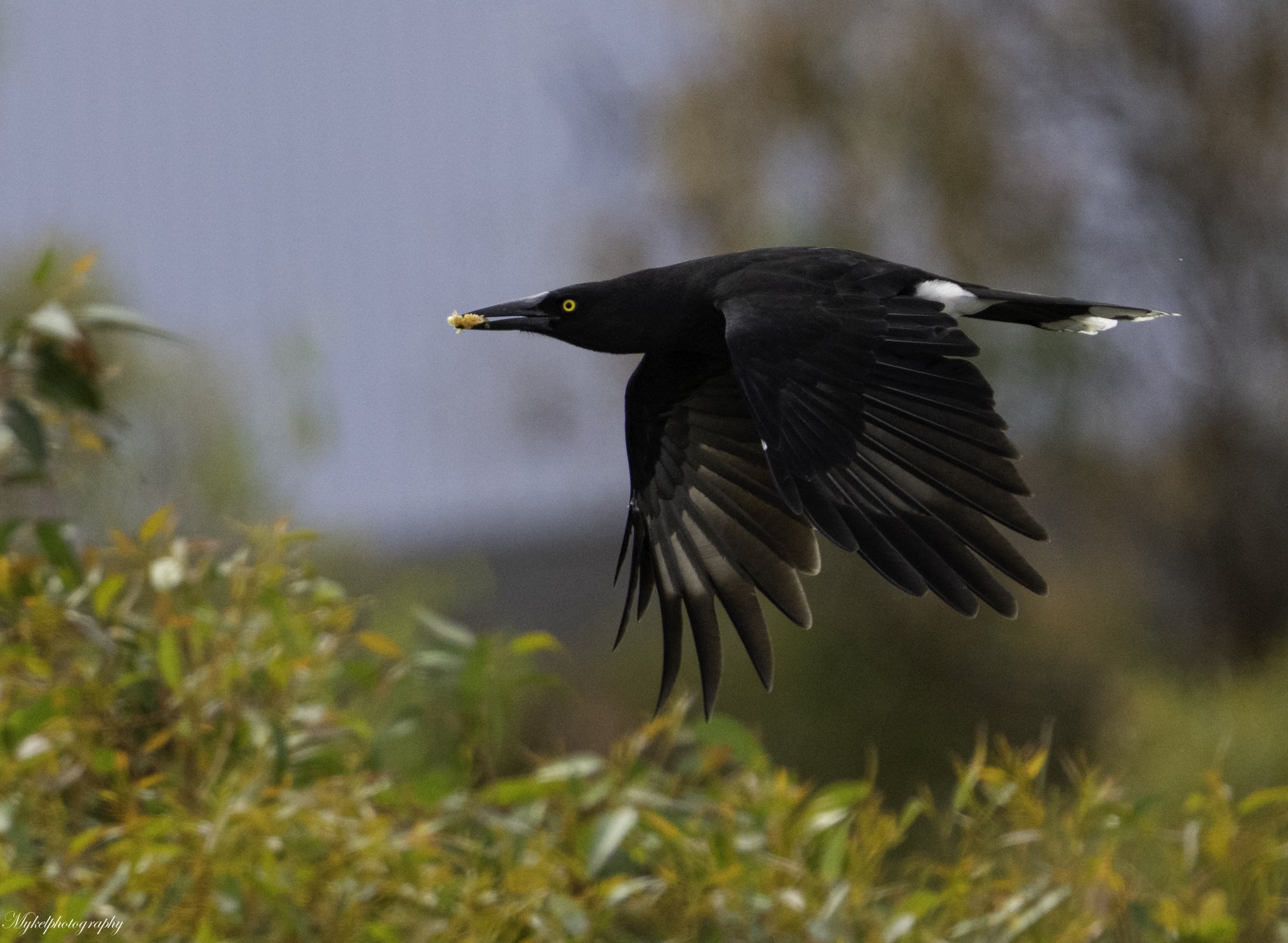17/03/2023
Kangaroo Island Trip
Hello Again,
Back from Kangaroo Island, is always such a treat, was greeted with a week of stunning weather and had such a good time, didn’t manage to do too much photography this trip, was more a get away but a bird very high up on my wish to see list is the Glossy Black Cockatoo, was very fortunate on our last day to come across a small flock on a cloudy day.
Kangaroo Island has a special subspecies of the endangered Glossy Black-cockatoo that exists nowhere else. Due to the loss of nesting and feeding habitat over many years, the population declined to less than 200 birds on the Island by 1996. A Recovery Program has been doing magnificent work to help the population recover and grow in numbers to around 450 birds. The 2019-2020 bushfires had a massive impact on this special population. About 75 percent of the endangered Glossy Black-cockatoo population lived in the bushfire-impacted area and a significant percentage of its known feeding habitat was burnt. Many of the flocks that habited these areas have moved further east in search of new feeding sites. Recovery actions are continuing with the building and protection of nesting sites and planting of she-oak trees.
The Glossy is the smallest of Australia’s black cockatoos, measuring around 48 cm tall, with a stunning red tail. Adult female Glossy Black-cockatoos have distinct yellow markings on their neck and head, as well as black barring across their red tails, which can appear in shades of deep red to orange. Adult males have a dark black-brown head and no barring on their red tail.
A couple of Glossy’s
Truly a stunning bird and check out that tail.
Hooded Plover Thinornis cucullatus
This species has been up-listed to Vulnerable because it has a small population, which has been estimated through monitoring to be undergoing continuing declines of over 10% in three generations (39 years). Declines in eastern Australia are caused by reduced breeding success as a result of disturbance by people, dogs and horses, as well as predation by introduced foxes and native gulls and corvids that have increased as a result of human activity; in Western Australia declines are less marked and driven by habitat degradation arising from cattle grazing and water abstraction for agriculture.
The Hooded Plover is a medium-sized sandy-brown plover. It has a black head and a white nape, and the black hindneck collar extends around and forks onto the breast. The underparts are white. The iris is dark brown, with a red eye ring. The legs are pink. Males and females are similar. Juveniles look like adults, but without the black head, hindneck and front of mantle, which are sandy-brown instead. Juvenile legs are pale orange. This species is also known as the Hooded Dotterel or Hoody. The genus name used to be Charadrius.
Hoodie
The rainbow lorikeet (Trichoglossus moluccanus)
The Pacific reef heron (Egretta sacra),also known as the eastern reef heron or eastern reef egret, is a kind of heron. They are found in many areas of Asia including the oceanic region of India, Southeast Asia, East Asia, Polynesia, and in Australia, Tasmania and New Zealand.
The Pacific reef heron (Egretta sacra),
The Pacific gull (Larus pacificus) is a very large gull, native to the coasts of Australia. It is moderately common between Carnarvon in the west, ...
Superb Fairywren Malurus cyaneusA small bird with a long tail that is held cocked. Its tail is usually blue (except in juveniles, which have brown tails). Breeding males have a pale blue crown, cheek, and back with a strong black line from the bill through the eyes and around the back of the head. Nonbreeding males are fairly plain grayish-brown birds with black bills and bright blue tails. Females have a duller blue tail and a reddish bill. Note that the patch between the eye and bill (lores) on females is a reddish color of about the same tone as the bill (in Variegated and Purple-backed Fairywrens the lores are much darker than the bill). Female Superb Fairywrens have a much cooler and grayer plumage than the warm tones of Red-backed Fairywren. This species is abundant in parks, gardens, and open woodlands around much of southeastern Australia.
Grey Currawong Strepera versicolor Large, crow-sized bird, gray or black, with large black bill and yellow eye. In flight, white undertail, tail tip, and primary bases distinctive; some subspecies of Pied Currawong very similar, but Gray has narrow pale trailing edge to wing in all plumages. Black Currawong has thicker bill and dark undertail. Loud ringing, clinking song, reminiscent of some lyrebird sounds.
Kangaroo Island is such a fabulous place to see and visit, please click the buttons bellow to find out more information on all about the Island and getting there…
Please also visit my previous trips and location pages for many more images and information from my previous trips there.
More images to come from this trip
